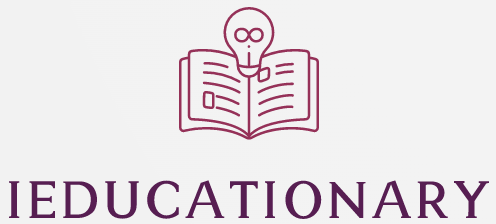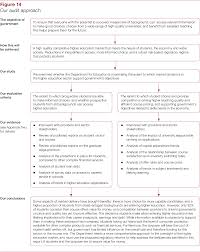Is university education a competitive market? It is increasingly so, and there are several reasons why. For starters, the cost of regulation is increasing and higher education institutions are increasingly focusing on attracting nontraditional students. Price competition among competing universities affects both traditional and nontraditional students, and it affects the cost of higher education. This article will discuss the various aspects of price competition in higher education and how it affects nontraditional students.
Price competition affects prestigious universities
Competition between prestigious universities has shifted from being based on price to one that is based on quality. In the past, competition between research universities was focused on individual scientists, but now it is being applied to whole institutions of higher learning. This type of competition is referred to as the economy of quality, which emphasizes quality over price. The economics of higher education is a complex subject, but the main point here is the fact that price competition has shifted the competitive landscape of higher education.
In order to remain competitive, universities must differentiate themselves from each other through a number of factors, including location, academic standards, overseas programs, faculty, graduation requirements, class size, and athletics. Universities can use price leadership to achieve this goal, as well as engage in non-price competition by offering better dorm rooms, larger dining halls, more accomplished faculty, and plush student centers. This competitive environment is harmful to students who feel outclassed and undervalued.
Institutional alliances increase cooperation among competitors
In today’s competitive landscape, it’s critical for institutions to look for ways to cooperate and build capacity. Partnerships can provide research funding, technology transfer, and other benefits for both institutions. However, they can also pose challenges. The following highlights the potential benefits of alliances and how leaders can make them work for their organizations. This article focuses on two of the most common types of university-industry partnerships.
Learning occurs in early stages of a learner institution’s development. Early-stage institutions acquire a variety of skills, including the rules of the game. Later stages of development, they don’t acquire new skills as quickly. Rather, they acquire selective knowledge, which aims to improve outcomes. Institutions that build successful alliances increase their learning curve. But this doesn’t mean they should be ignored.
Regulation is increasingly expensive for higher education institutions
According to the government’s General Accounting Office, regulations are costing higher education institutions a lot of money. For instance, Vanderbilt University is spending $150 million per year on red tape – or 11 percent of its total budget. But what’s the real cost? Listed below are some of the costs associated with higher education regulation. And how can institutions reduce their costs? Read on to find out. This article also discusses the costs of red tape.
Increasing costs of regulation are a major factor in college tuition. While college tuition and costs are rising, government funding is not keeping pace. Colleges are increasingly forced to increase tuition and borrow more money to pay for their education. The Center for Budget and Policy Priorities identified a direct link between rising tuition costs and state spending cuts. Because colleges’ enrollments continue to grow, they must hire administrative staff to meet the demand. In the process, the government spends less per student, placing an increasing burden on students and their families.
Price competition affects non-traditional students
The non-traditional student population in higher education today is more diverse than it was decades ago. These students include a large percentage of international, full-fee-paying students. Part-time students also study via distance education, and the number of recent university aspirants is growing. Price competition between universities has become more intense than ever. It has even prompted some institutions to offer lower tuition prices, a strategy aimed at attracting non-traditional students.
As the market for higher education has become more competitive, new classifications have emerged. This has challenged established systems of higher education, including university associations. These associations first emerged in the late nineteenth century and have been strengthened considerably in the last several decades. The idea that a university can compete on price alone is counterproductive to higher education. Competition can improve quality and increase accessibility. Non-traditional students are often overlooked by universities that are unable to compete on price.

